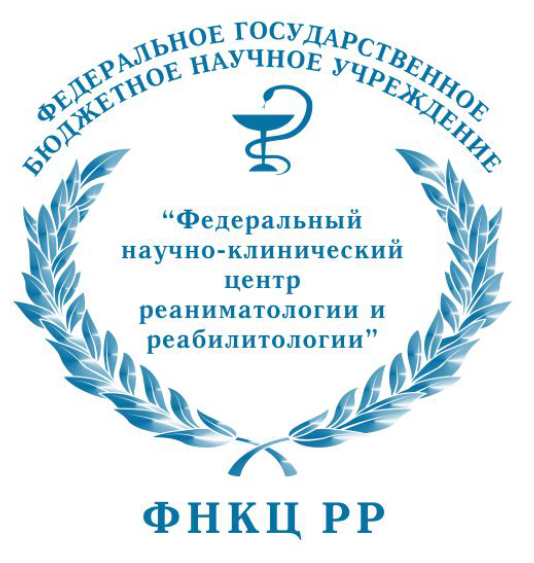
|
ИСТИНА |
Войти в систему Регистрация |
ФНКЦ РР |
||
Rational design of thermal stability of plant formate dehydrogenaseдоклад на конференции
- Авторы: Алексеева А.А., Goncharenko K.V., Kargov I.S., Тишков В.И., Kleimenov S.Y., Pometun E.V., Савин С.С.
- Международная Конференция : The 9th International Conference on Protein Stabilization - ProStab2012 "From Molecular Level to market applications"
- Даты проведения конференции: 2012
- Дата доклада: 3 мая 2012
- Тип доклада: не указан
- Докладчик: не указан
- Место проведения: Lisbon, Portugal, Португалия
-
Аннотация доклада:
NAD+-dependent formate dehydrogenase (EC 1.2.1.2, FDH) is widely occurred in nature. In plants it is “enzyme of stress”. Its content can reach up to 9% of all mitochondrial proteins under stress conditions. FDHs are successfully used for cofactor regenerating in synthesis of optically active compounds. Due to low values of Michaelis constants plant formate dehydrogenases are very promising biocatalysts for NADH regeneration in processes of synthesis of chiral compounds with dehydrogenases. FDH from soya Glycine max has the lowest values of Michaelis constants for formate and NAD+ even among plant formate dehydrogenases. Netherless it also has the lowest thermal stability, compared to enzymes from bacteria and yeasts. The alignment of more than 80 full sequences of FDHs from different plants as well as structure of ternary complex [SoyFDH-NAD+-azid] were analyzed. Four amino acid residues were chosen for site-directed mutagenesis. Four single-point and one double mutant SoyFDH were prepared and characterized. Catalytic parameters (KM and catalytic constant) were determined from steady-state kinetic experiments. KM for formate slightly increased, while KM for NAD+ showed small improvement. In the case of single-point mutant catalytic constant increased about 70% compared one for wild-type SoyFDH. Thermal stability was investigated by studying the inactivation kinetics at different temperatures and by differential scanning calorimetry (DSC). Dependences of inactivation rate constants on temperature for wt-SoyFDH and mutant enzymes were different but all followed to equation for transition state theory. Activation parameters ΔH≠ and ΔS≠ were determined and used for calculation of inactivation rate constants at 30 oC. Higher values of ΔH≠ and ΔS≠ for mutants compared to wt-SoyFDH resulted in increase of stabilisation effect when temperature decreased. As result, at 52oC one single-point and double mutants were more stable than wild type enzyme 5 and 15 times, respectively, and at 30 oC the stabilisation effects increased to 7 and 80 times for single and double mutants, respectively. These mutants also showed higher melting temperatures in DSC experiments – the differences in maximum positions of the melting curves for single and double mutants were 2,7 and 4,6 oC respectively.
- Добавил в систему: Тишков Владимир Иванович